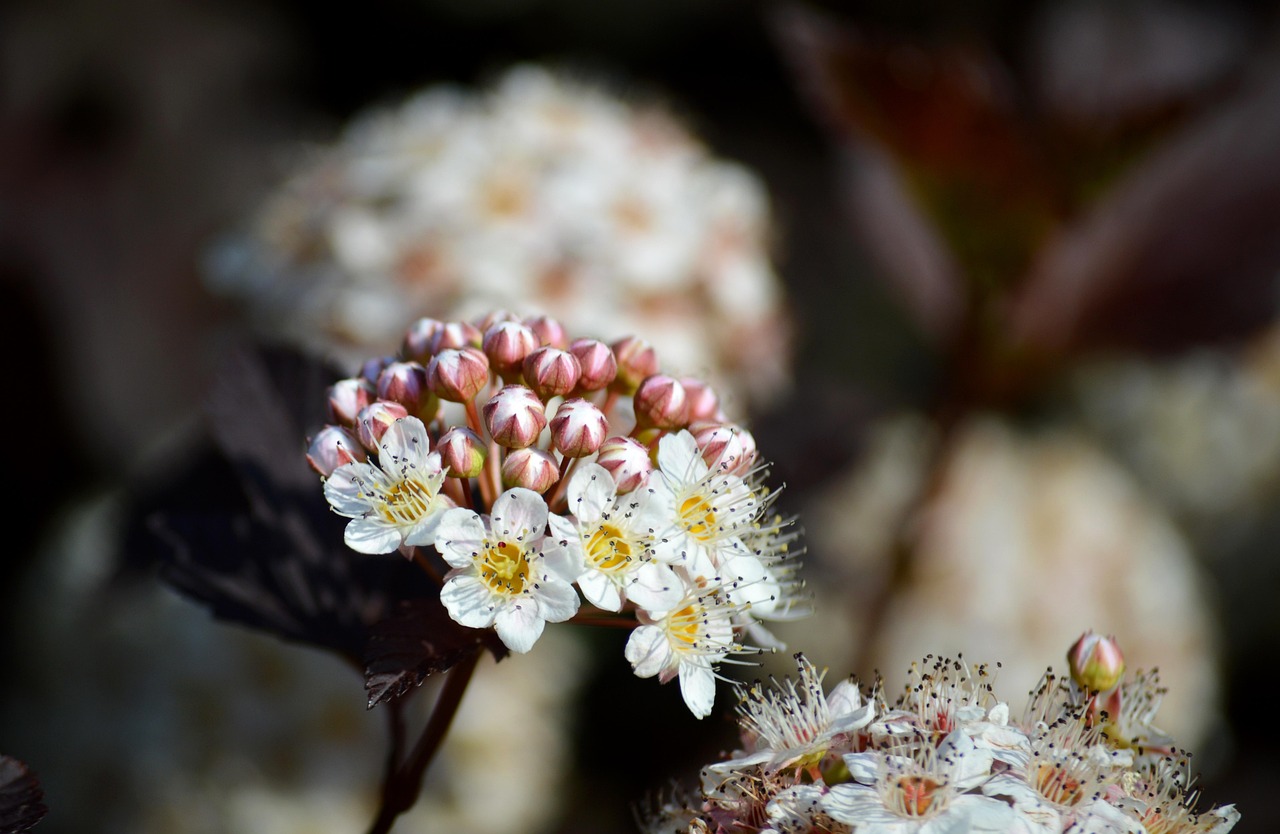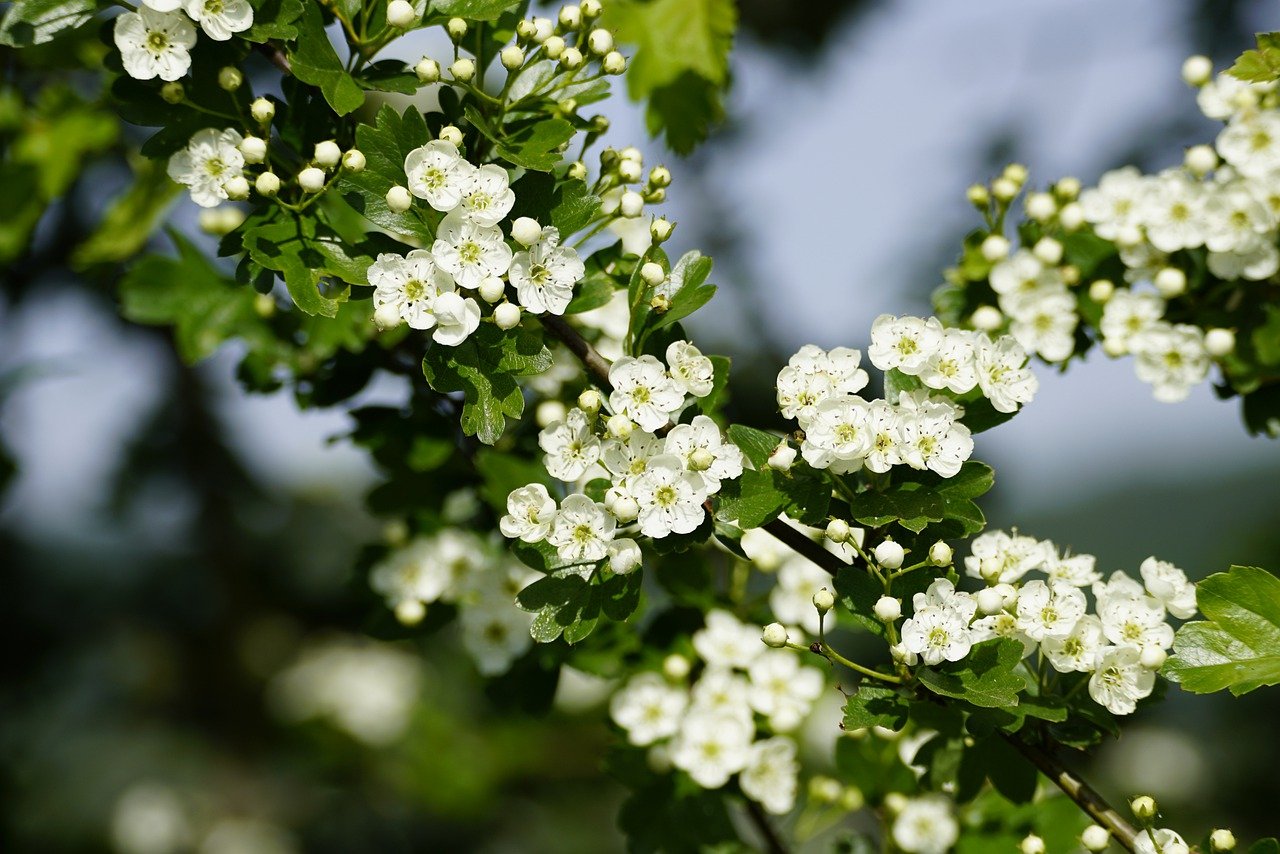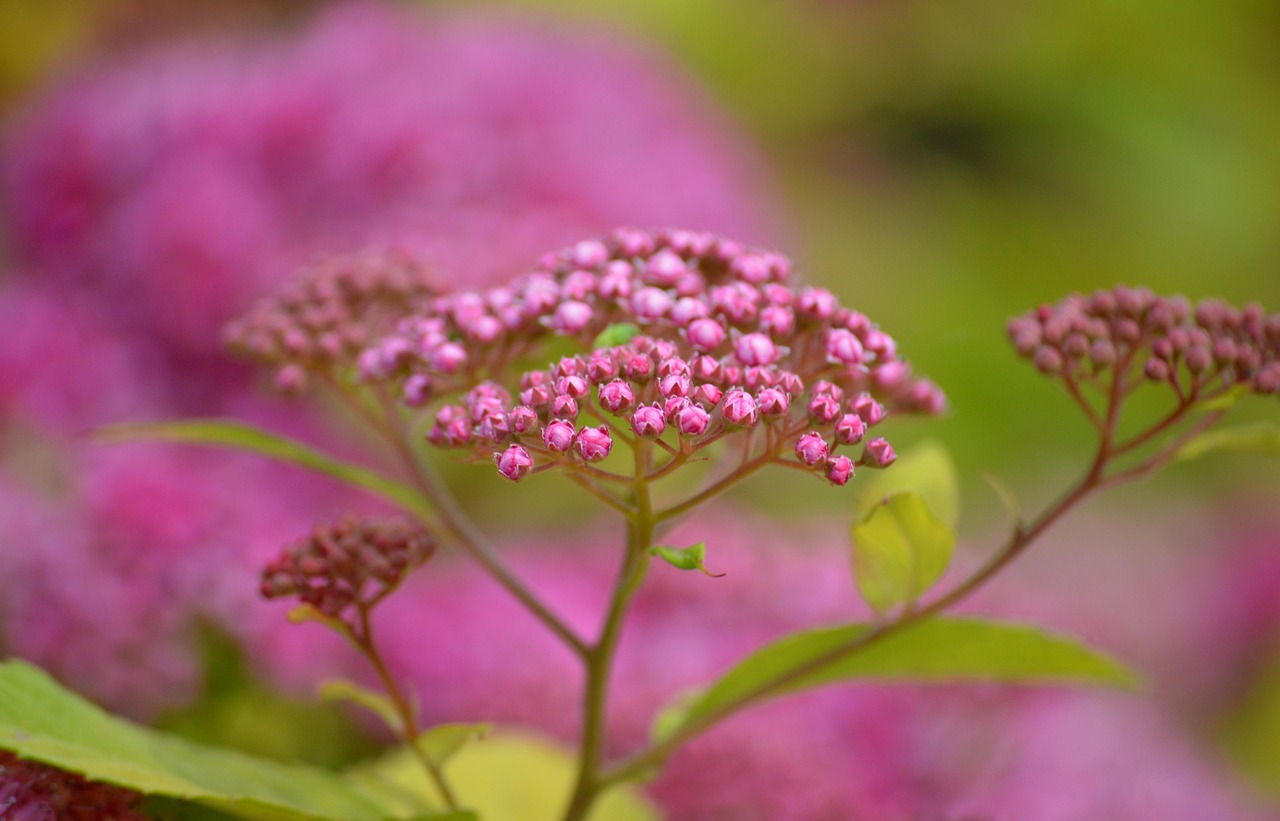Kerria (Yamabuki)|A Yellow Flower Cherished in Gardens and Classical Poetry
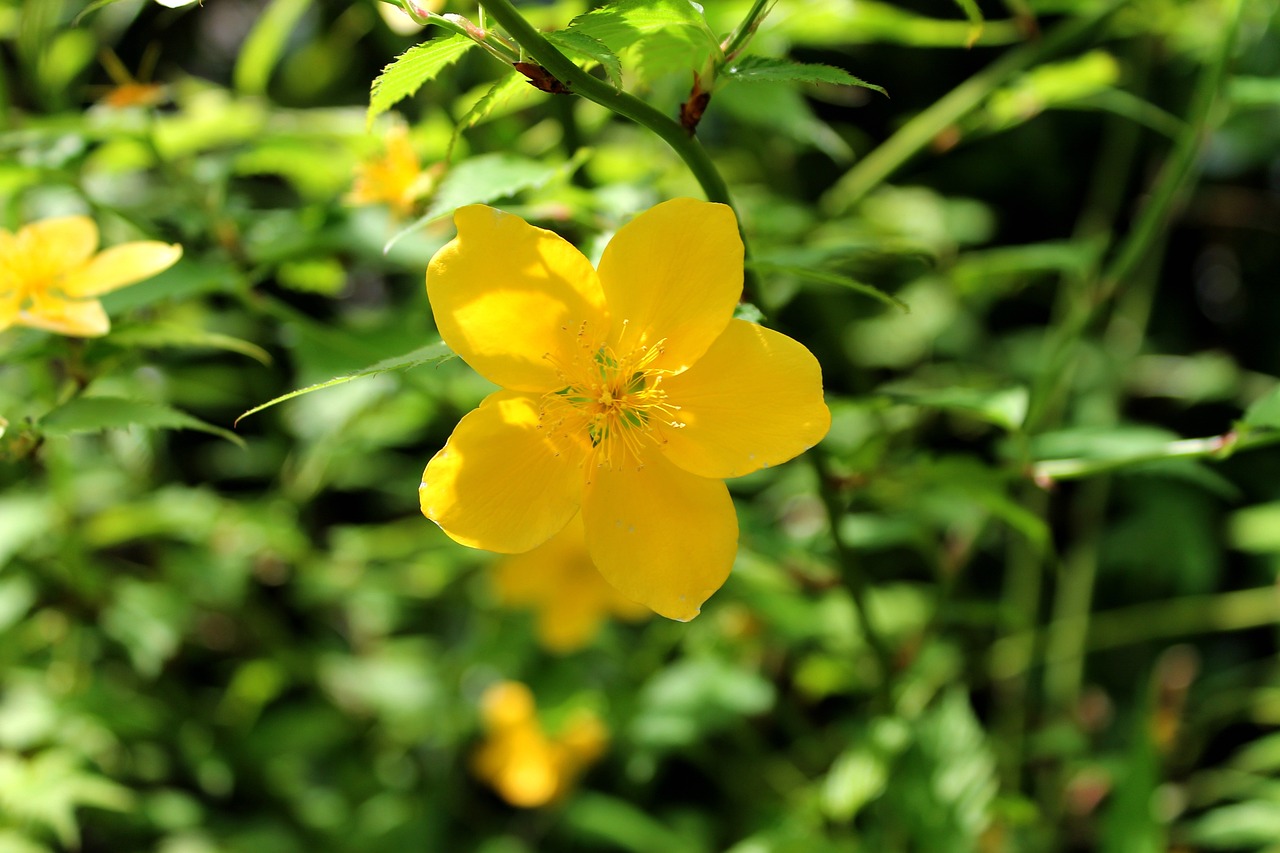
I would like to introduce Yamabuki (Kerria japonica), a deciduous shrub native to Japan that produces vibrant yellow blossoms. Since ancient times, its graceful appearance has been celebrated in poetry, paintings, and other works of art.
From spring to early summer, it brightens gardens and natural landscapes, becoming an essential part of the Japanese scenery.
In this article, I will explain the basic characteristics of Yamabuki, its cultural background, historical anecdotes, and tips for cultivation.
Basic Information
- Scientific name: Kerria japonica
- Family: Rosaceae
- Origin: Japan, China
- Appearance: Yamabuki is a shrub with arching branches and brilliant yellow flowers. Both single-flowered and double-flowered varieties exist, with the double-flowered type (Yaeyamabuki) especially valued for its ornamental beauty. The green serrated leaves contrast vividly with the blossoms.
- Blooming season: Mainly April to May.
Cultural Significance Around the World
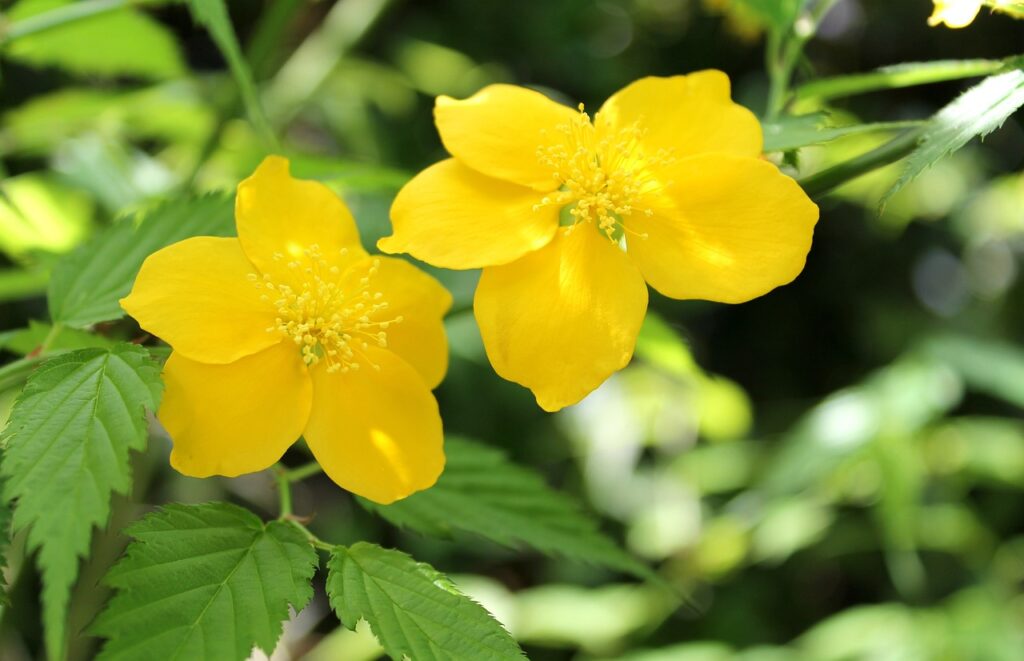
Yamabuki is deeply rooted in Japanese traditional culture and is frequently mentioned in waka and haiku. Its brilliant yellow symbolizes “gold,” representing prosperity and wealth.
In addition, Yamabuki plays an important role in the tea ceremony and in Japanese gardens, symbolizing the aesthetics of wabi-sabi.
In China, it is also appreciated as an ornamental plant, though without the same deep cultural connotations as in Japan.
In Europe, Yamabuki was introduced in the 19th century and became widely cultivated in English gardens. Its vivid color and ease of growth made it popular as a way to create simple yet elegant gardens.
Historical Episodes
One of the most famous references to Yamabuki appears in a poem from the Muromachi period:
“Though the blossoms bloom in layers upon layers,
the Yamabuki bears not a single fruit,
and this is a sorrowful thing.”
This verse highlights the plant’s tendency not to produce fruit despite its abundant flowers. It has been cited repeatedly in literature and art, leaving a lasting mark on Japanese cultural history.
In the Heian period, its golden blossoms were associated with actual gold and admired in aristocratic gardens. By the Edo period, horticultural advancements produced new varieties, including the double-flowered Yaeyamabuki, which became widely appreciated.
Gardening Advice
Yamabuki is hardy and easy to cultivate, but by following certain guidelines, you can enjoy even more beautiful blooms:
Sunlight
Prefers partial shade to full sun. Avoid strong direct sunlight that may cause leaf burn.
Watering
Ground-planted shrubs need little watering, except just after planting or during summer drought. Potted plants should be watered thoroughly once the surface soil dries.
Soil
Well-drained soil with moderate moisture is best. Incorporating compost or leaf mold at planting provides better nutrition.
Pruning
Prune after flowering to encourage healthy growth for the next season. Remove old branches from the base and allow new ones to develop.
Fertilizer
Applying slow-release fertilizer in early spring improves blooming. For potted plants, regular feeding is recommended.
Conclusion
Yamabuki is a flower deeply embedded in Japanese culture and history. Its golden blossoms have long captivated people’s hearts.
It requires little care and grows well both in gardens and in pots.
To bring vibrant color to your spring garden, I encourage you to plant Yamabuki and enjoy its graceful beauty.


